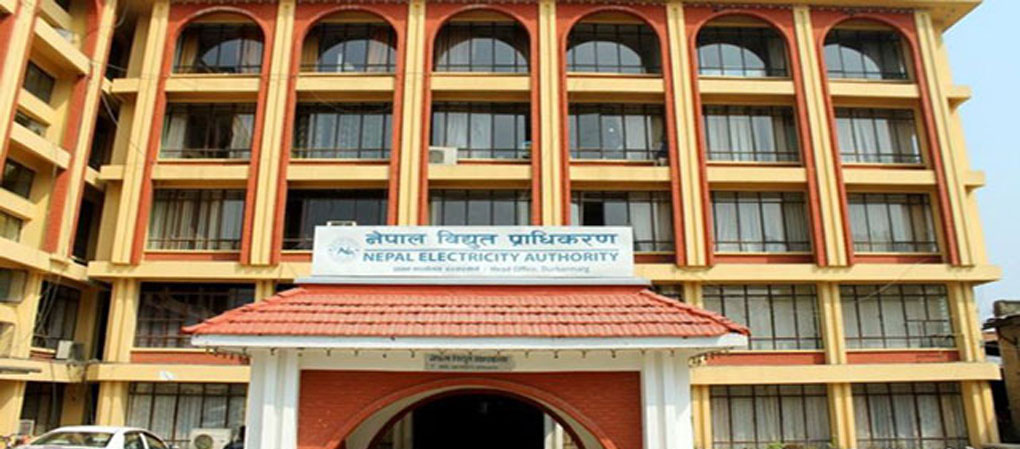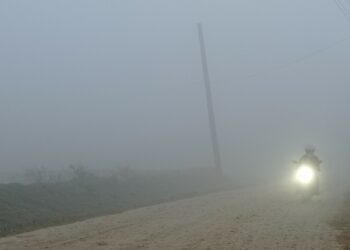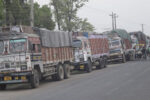KATHMANDU: As temperatures soar, Nepal is grappling with its highest electricity consumption yet.
The Nepal Electricity Authority (NEA) reports a staggering 2,176 megawatts of electricity usage during Wednesday evening’s peak hour (June 12), marking a significant spike exacerbated by the scorching summer conditions.
This June, the demand has surpassed last year’s levels, including during the peak of the Laxmi Puja festival.
Contrary to last summer’s relatively mild load, where peak usage hovered around 1,900 megawatts, the current surge has shattered previous records.
Chandan Kumar Ghosh, NEA Spokesperson, attributes this unprecedented demand to the recent heatwave across the nation, highlighting the challenges in managing such a substantial load.
“Our current peak load of 2,176 megawatts marks an all-time high,” Ghosh revealed.
“This surge exceeds anything we’ve experienced before.” He further disclosed that energy consumption has soared to a staggering 47,900 megawatt-hours.
To mitigate the strain, the Authority is resorting to a combination of domestic production and imports.
However, despite these efforts, the escalating heat has led to a surge in the use of appliances like air conditioners and refrigerators, amplifying electricity consumption not only in the Terai district but also in the Kathmandu Valley.
Ghosh lamented a shortfall of 250 megawatts in meeting the current demand, emphasizing the strain on the system.
“We’re facing an acute deficit of around 200 to 300 megawatts,” he remarked, acknowledging the resultant power cuts in some areas and the inability to provide consistent electricity to industries.
With industries and domestic consumers alike feeling the pinch of erratic power supply, the challenges of managing the heightened demand loom large, underscoring the urgent need for sustainable solutions amidst Nepal’s sweltering summer.
As electricity consumption continues to surge, authorities are grappling with load management challenges, necessitating imports from neighboring India.
Ghosh disclosed that to bridge the demand-supply gap, Nepal now relies on importing around 170 to 200 MW of electricity from Bihar, India.
However, the situation remains precarious as the anticipated rise in river water levels during the rainy season, crucial for hydropower generation, has yet to materialize due to lingering winter conditions.
The majority of Nepal’s hydropower projects are run-of-the-river, meaning their output is contingent on river flow.
As winter progresses and water levels diminish, electricity production dwindles accordingly.
Presently, the national grid comprises 3,176 megawatts of interconnected projects, but actual electricity production hovers around 1,700 megawatts, exacerbating the shortfall.
Technical glitches have further compounded the issue, with two hydropower projects facing operational hurdles.
Approximately 115 megawatts of electricity remain offline due to machinery breakdowns in these plants, namely the 73 MW mid Tamor and 42 MW Mistrikhola hydropower projects.
Officials cite these disruptions as a significant contributor to the recent strain on the power supply.
When these projects halted production weeks ago amidst escalating summer demand, the shortfall became even more pronounced.
Efforts are underway to expedite the restoration of operations in both facilities, though a timeline for resuming production remains uncertain, he stated.









Comment